Paul Cocksedge freezes furniture together for Friedman Benda exhibition
Designer Paul Cocksedge has unveiled photos that demonstrate the freezing techniques he used to seamlessly join metal furniture for a new gallery show opening in New York this week (+ slideshow).

For Cocksedge's second major exhibition at the Friedman Benda gallery in New York, appropriately named Freeze, the British designer used liquid nitrogen to "ice" furniture together – removing the need for welding.
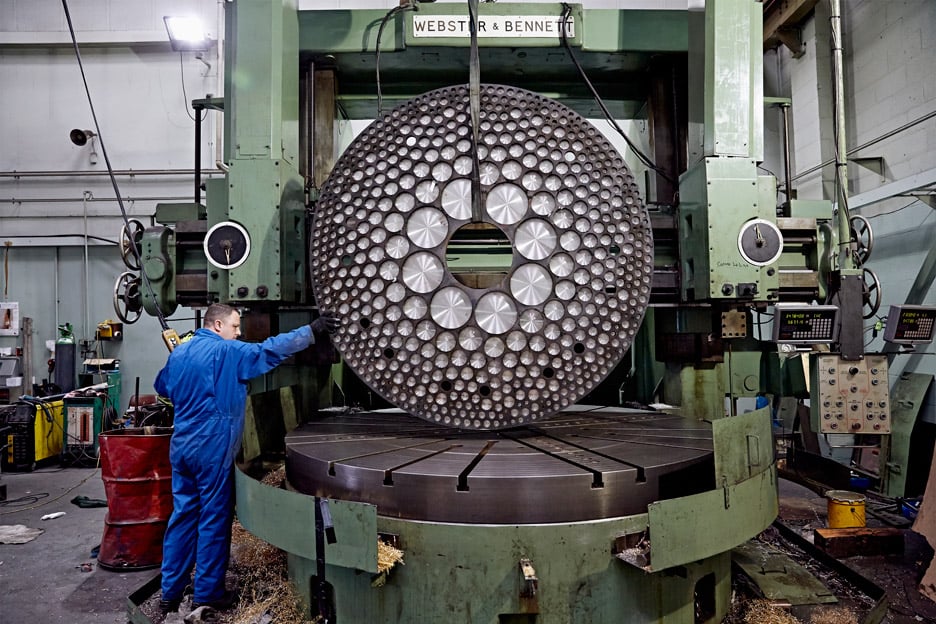
Cocksedge has been experimenting with the technique for the last five years, beginning by burying copper table legs in the snow in Austria, leaving them overnight, and then removing and measuring them to be fitted to an aluminium tabletop while still frozen.
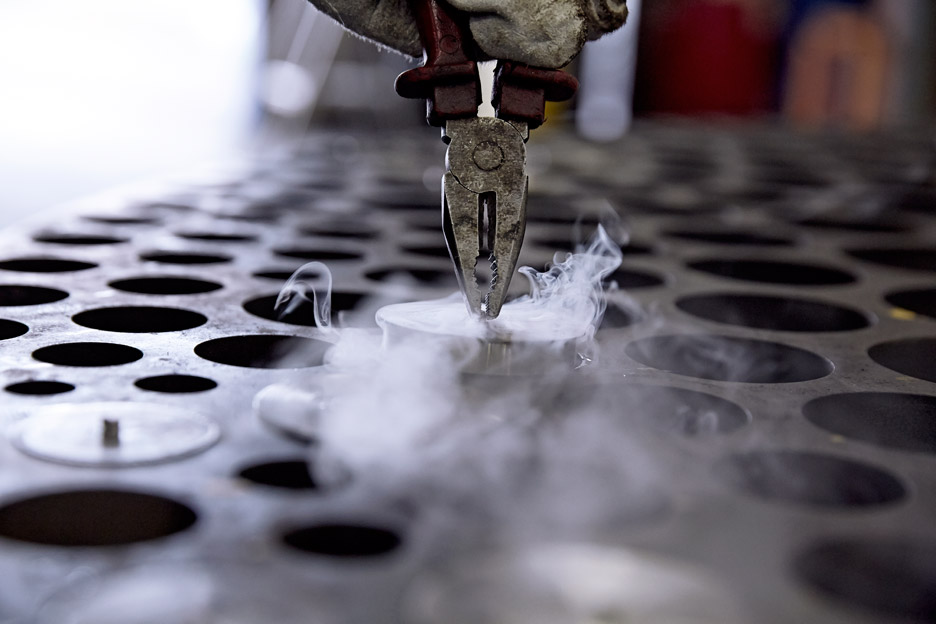
The process of joining the individual pieces of furniture together relies on the way metal contracts as it freezes – shrinking in size by 1,000th of a milimetre. Once frozen, the metal can be inserted into pre-drilled holes, forming a join as it warms up and expands again.
"You can't even imagine it and you definitely can't see it, but it's this invisible distance that allows us to lock metals together, and it becomes an invisible join and a very strong join," Cocksedge told Dezeen.
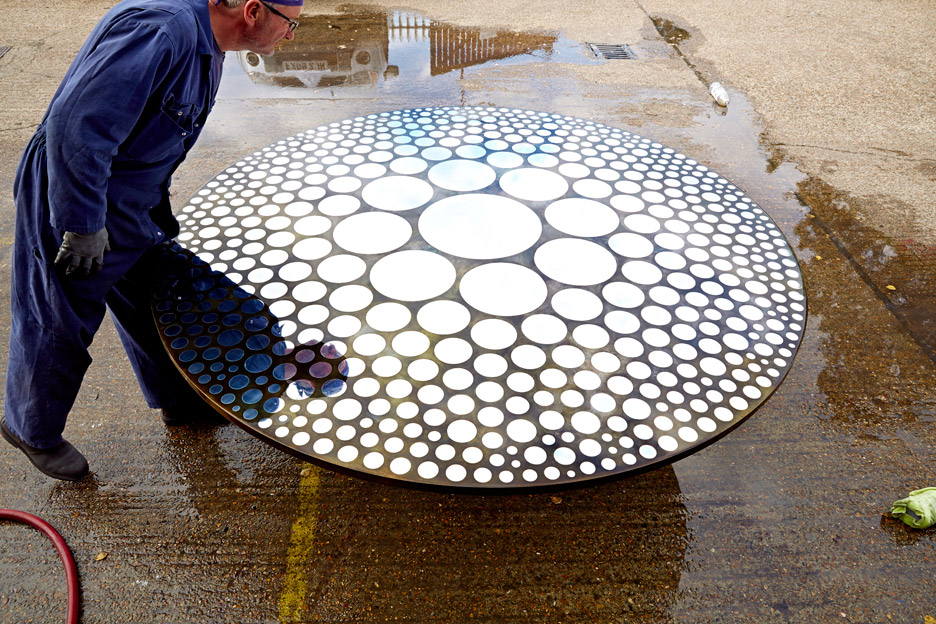
After working with snow, Cocksedge moved onto pouring liquid nitrogen onto metal, spending six months working with a factory in the UK to experiment with the process, which he describes as "quite theatrical" with "a lot of ice and vapour".
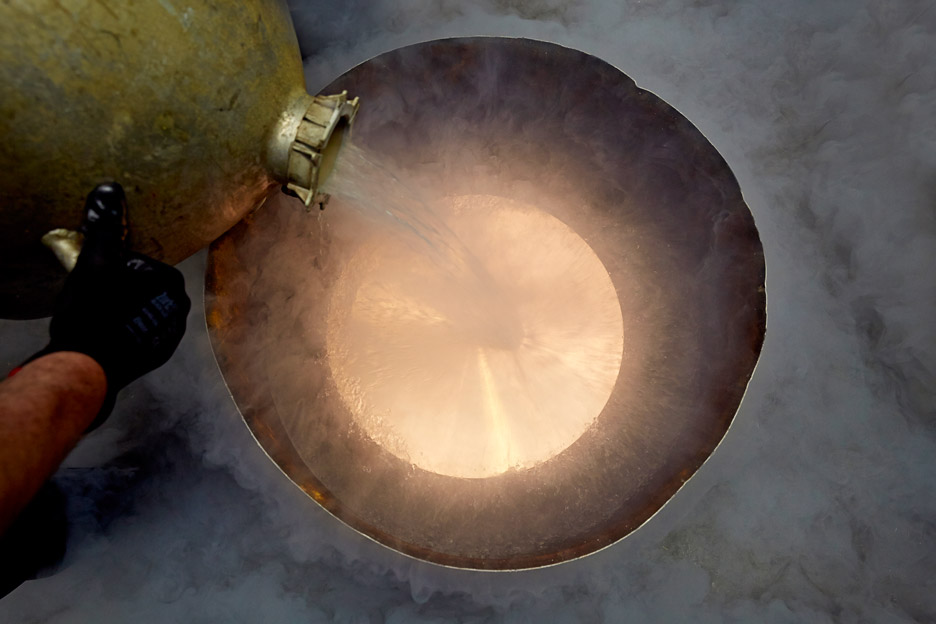
"This enables us to combine metals that usually can't be joined together," he said. "Coppers, brasses, stainless steels, bronzes – you can't take these to a metal workshop and say, "can you weld these things together?" because they aren't possible. But this technique allows that."
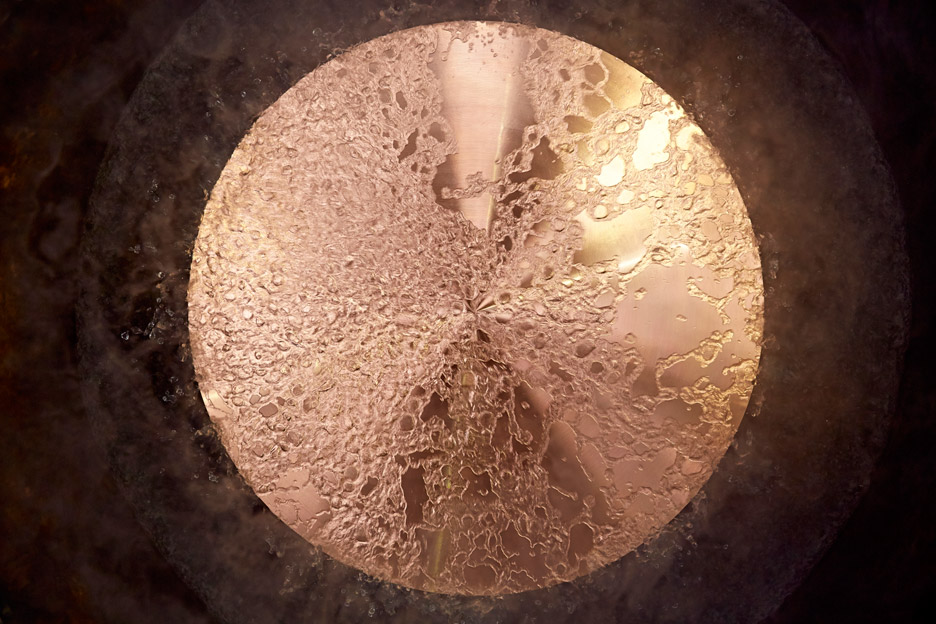
The collection of furniture features tables with joined rings or circles of metal, a desk with multiple panels, a shelf resembling a soundwave, an acrylic bench with arms and legs shaped like an open book, and a four-seater bench with slanted metal backrests.

One table features just under 1000 pieces of stainless steel "frozen" into a carbon steel tabletop, which had corresponding circular holes drilled into it. After assembling the surface was covered in water, leaving the stainless steel shiny and causing the carbon steel to patinate.
"You have perfection on one hand, and something that can change and patinate - a surface which, you look at it and know you’re looking at metal, but it's such a surprise to see these two opposites in one surface," he said.
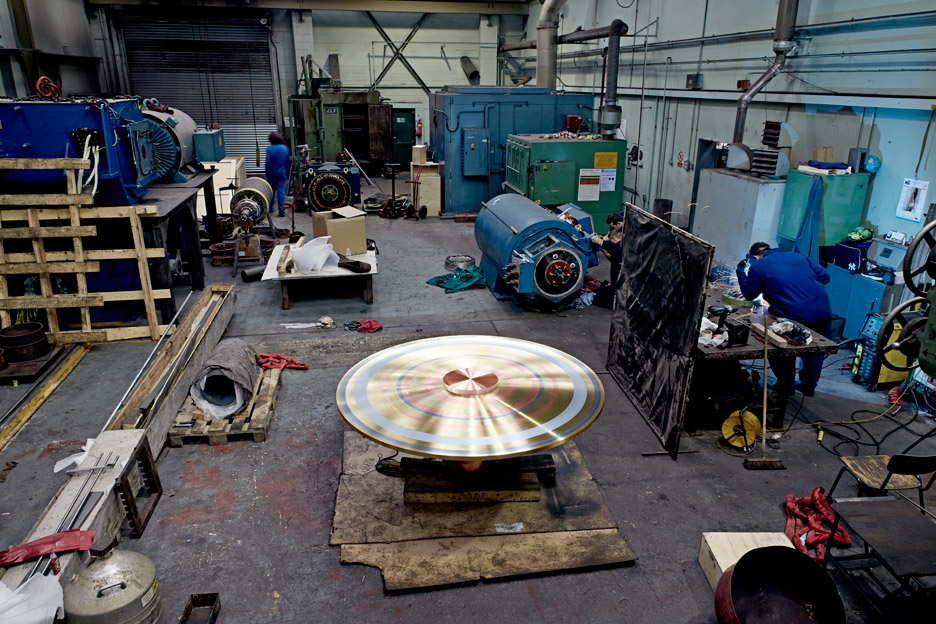
Another table features concentric rings of metal, seamlessly joined together.
"When you look at the 12-ring table – copper, brass, stainless steel and aluminium are fused together," Cocksedge commented. "This combination of metals, the lustre, the form of them, the intimacy... these metals are so close, with nothing visibly joining them, and this is a new experience for me."
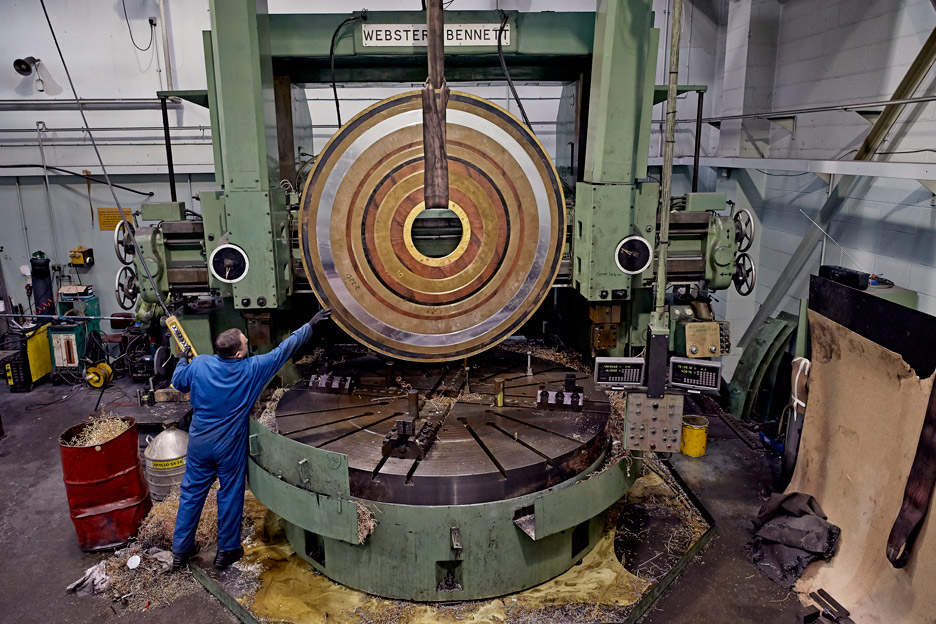
The designer also experimented with slicing into panels of transparent acrylic, before using a giant oven to melt the slabs, allowing gravity to create bench legs as the material cooled.
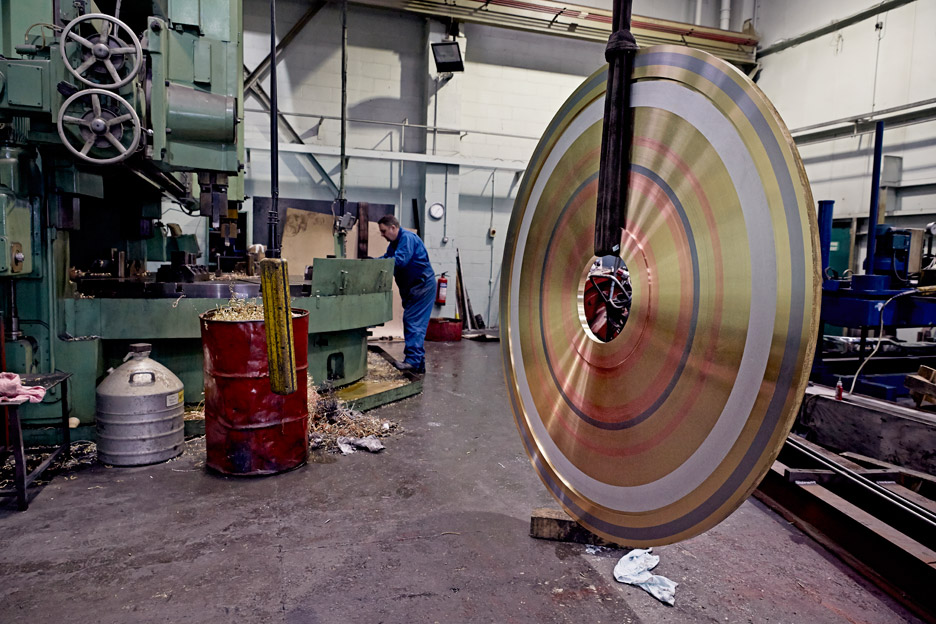
"I really wanted to collaborate and work with materials – I didn’t want to remove myself from the process," commented the designer.
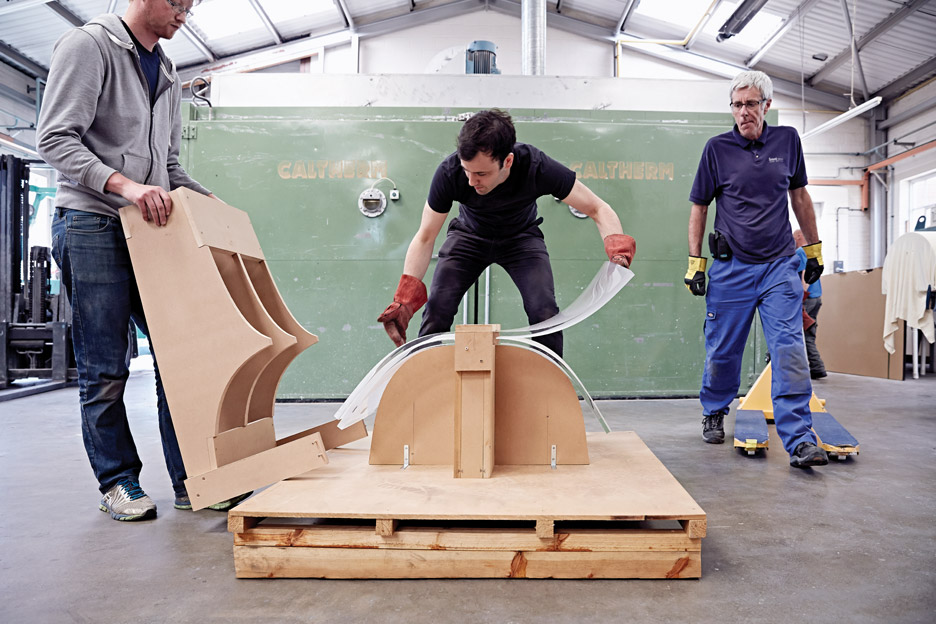
Cocksedge experimented with the properties of metal for his first solo exhibition at the gallery, which featured a table made from a single curved steel sheet. More recently he completed a spiral staircase in an office building in London's Soho, that featured a garden, library, and tea bar.
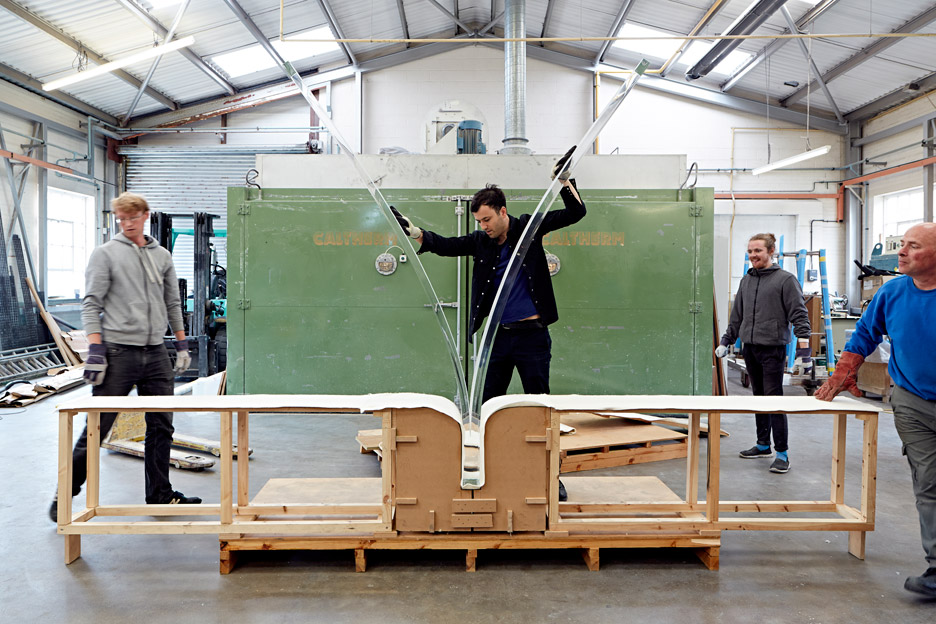
Freeze opens on October 29 and continues until December 23 at the Friedman Benda gallery in New York.
Photography is by Mark Cocksedge.